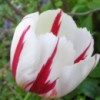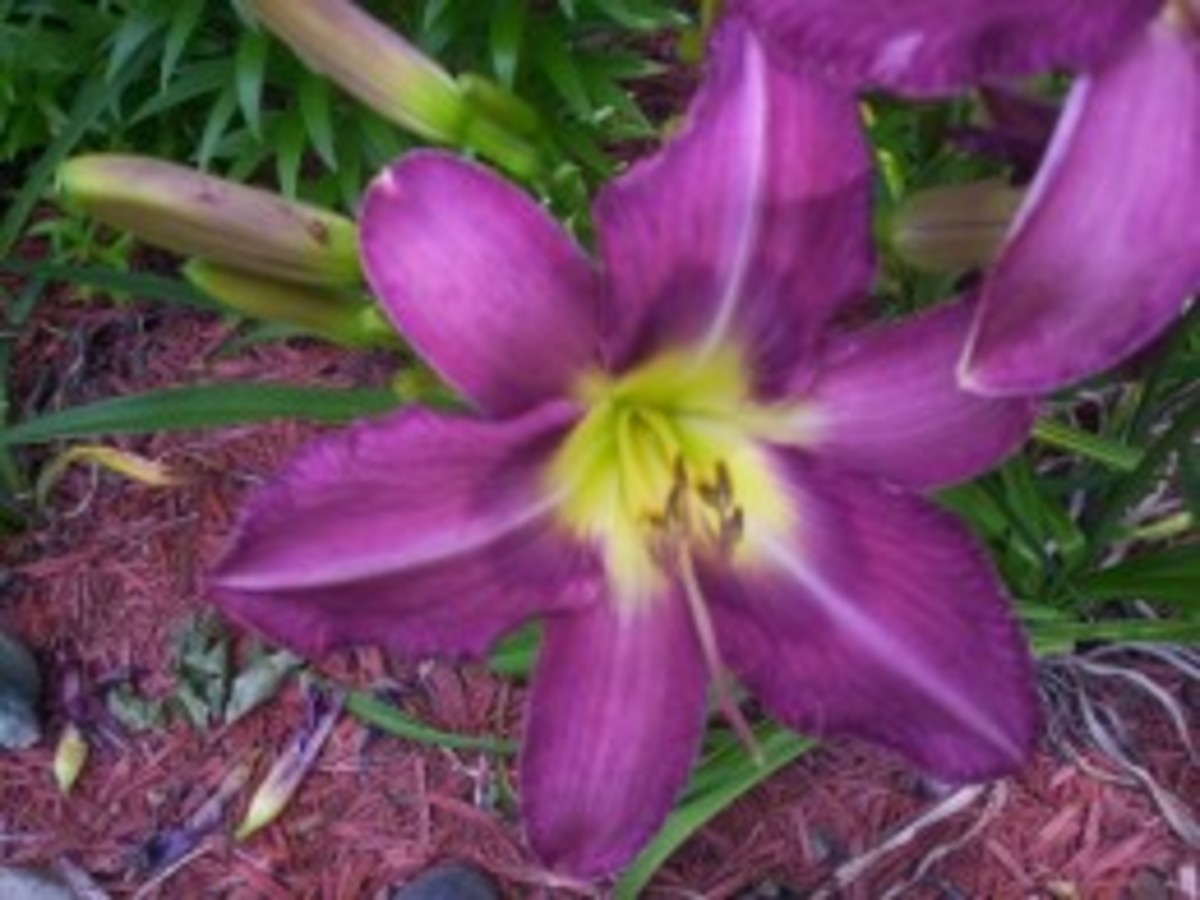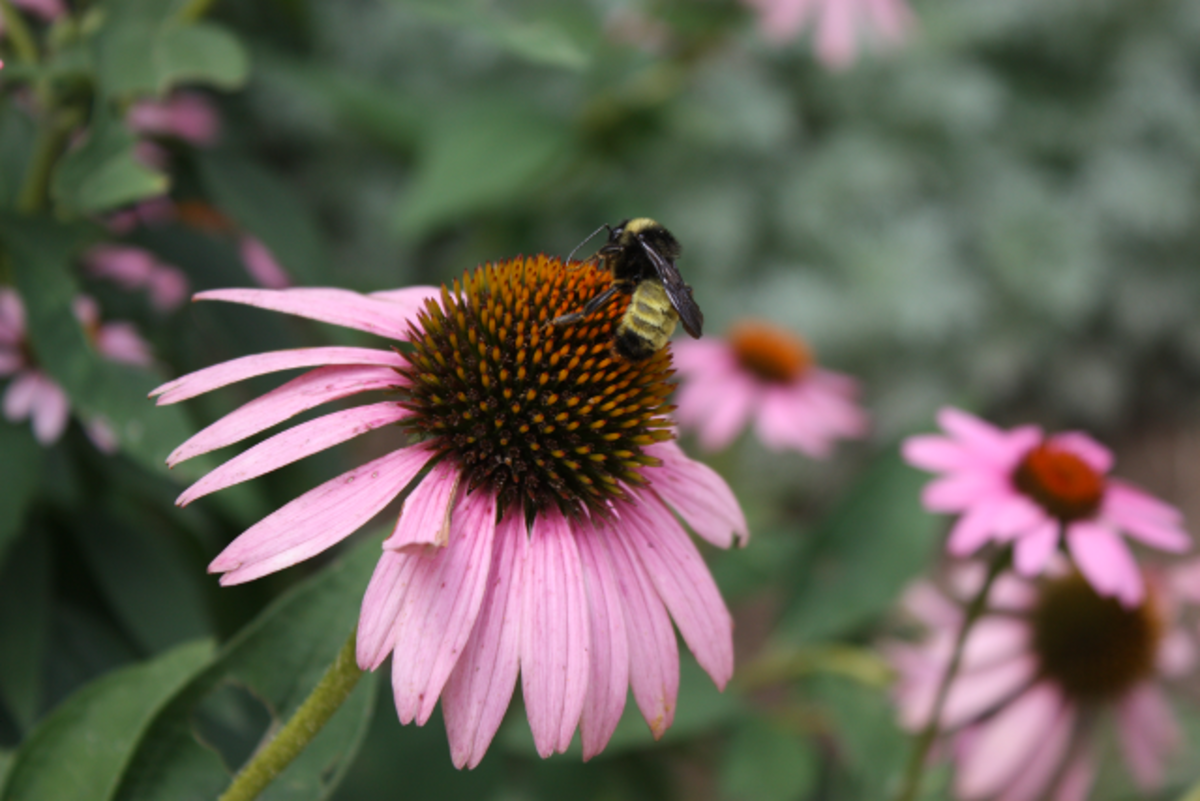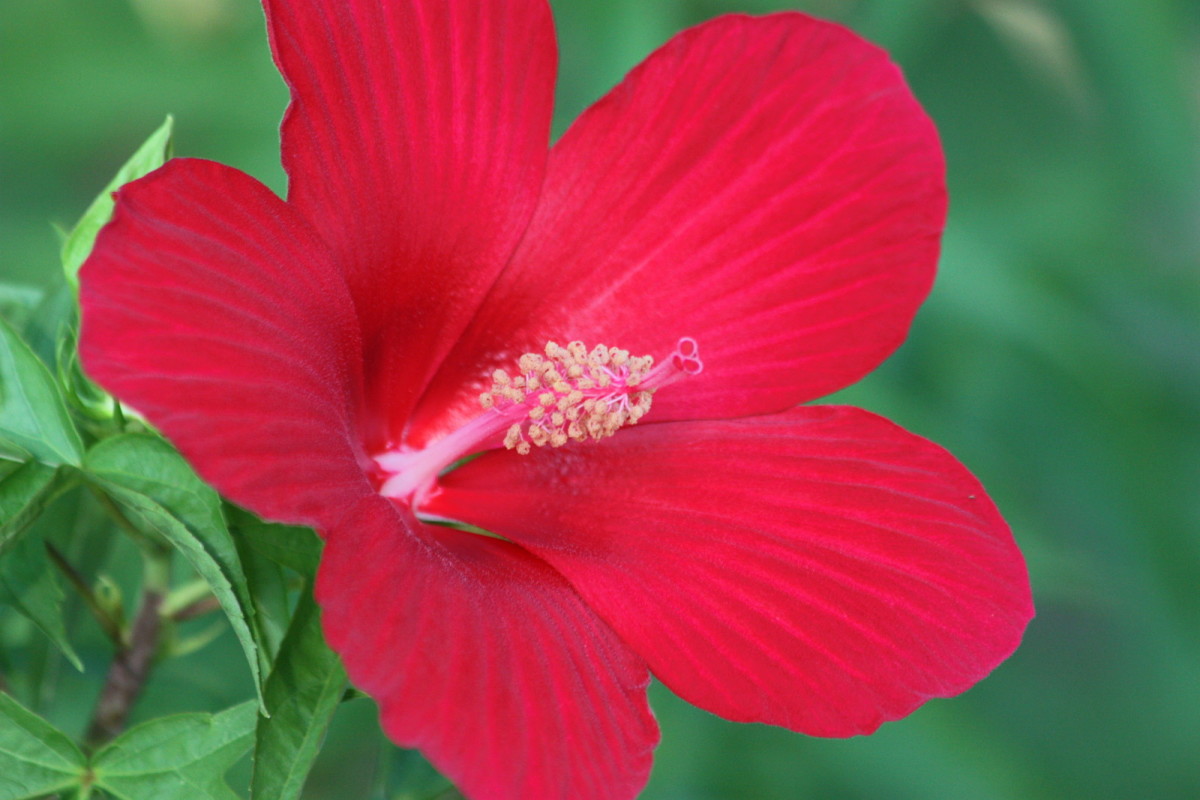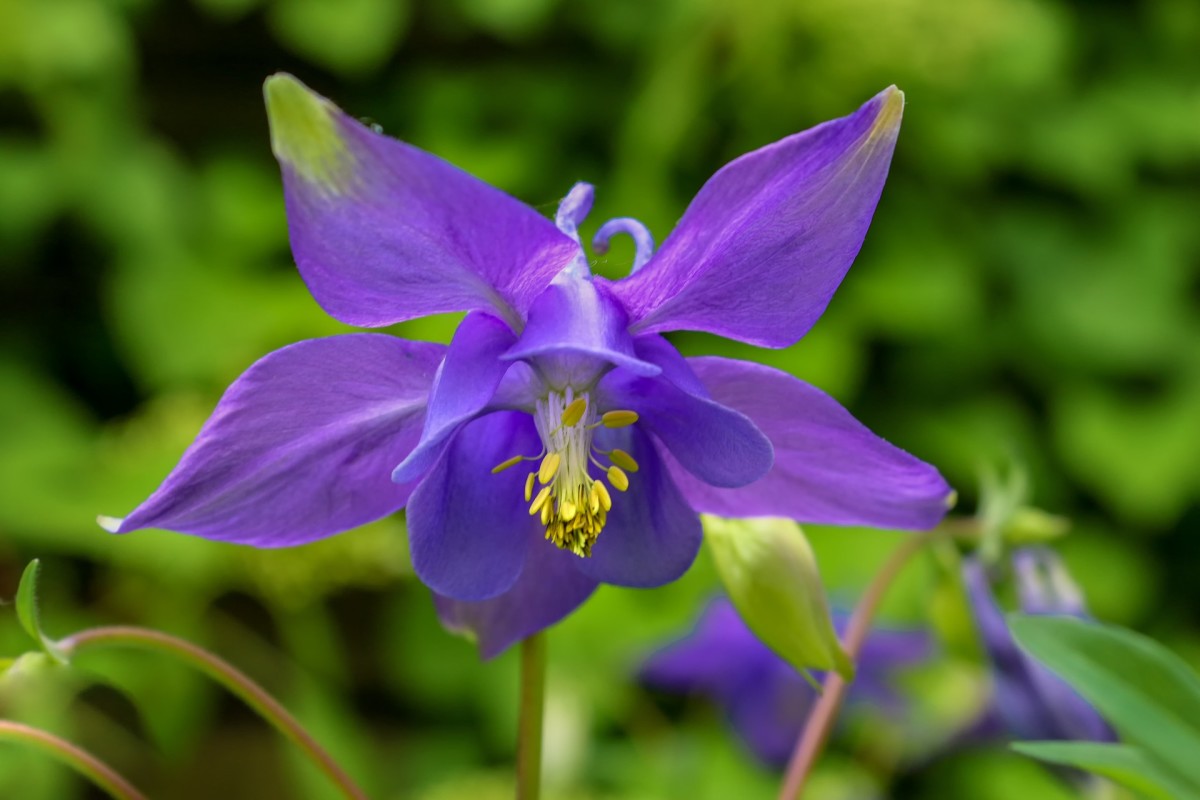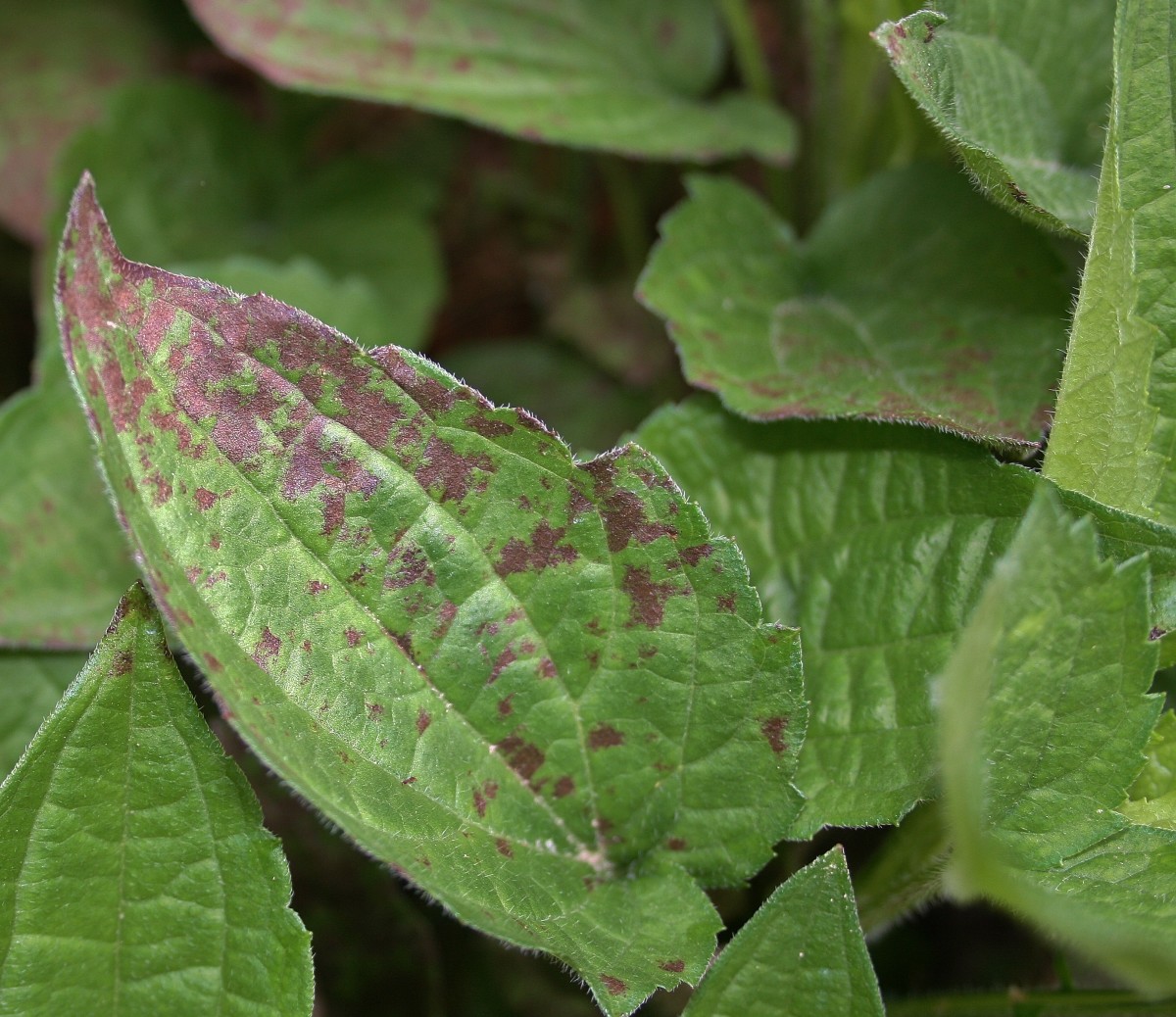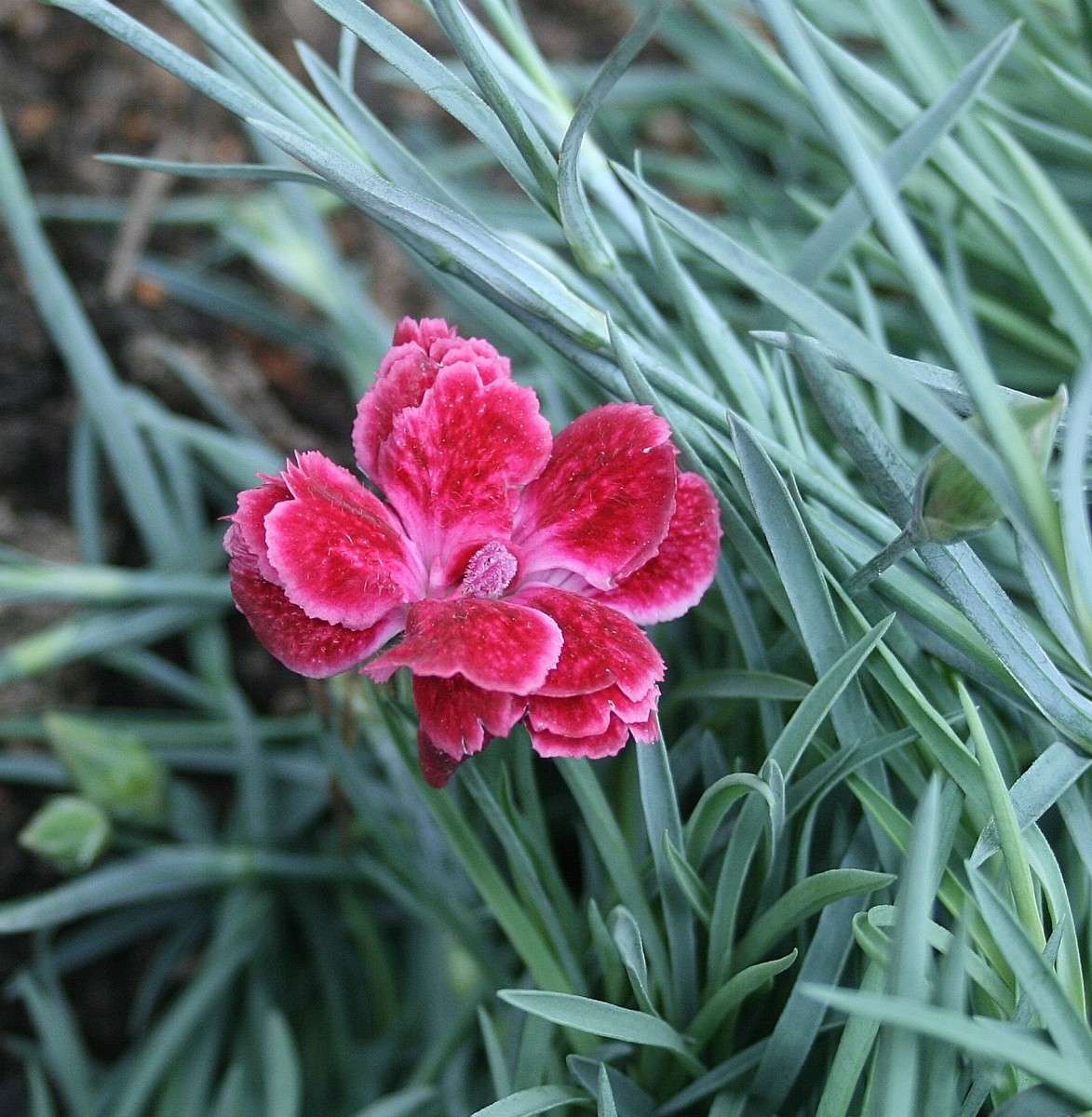- HubPages»
- Home and Garden»
- Gardening»
- Planting Flowers
5 Vibrant Perennials to Plant in Your Garden
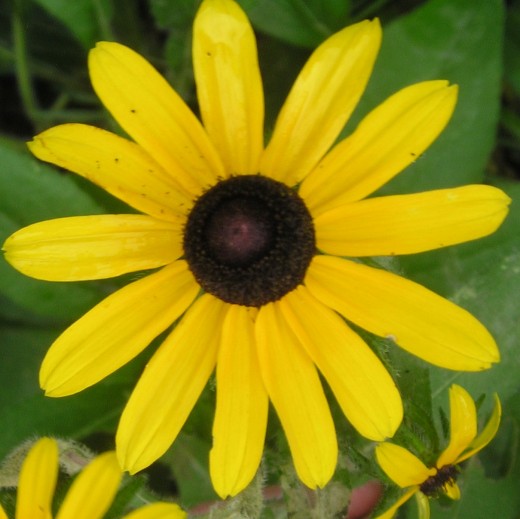
There's an old saying about perennials. The first year, they sleep. The second year, they creep. The third year, they leap. Your patience will be rewarded with vibrant blooms in every color. From yellow daffodils to red daylilies, these vibrant perennials will inject color into every corner of your garden. A number of these perennial favorites, including bee balm and cardinal lobelia, are native to the United States, and they provide valuable nectar to bees, butterflies and hummingbirds.
1. Rudbeckia
Whether you call them black-eyed Susans, brown-eyed Susans or another quaint name, these charming perennials deserve a place in your garden. They're colorful, rugged and easy to grow. If you haven't planted them before, start with 'Goldstrum', a Rudbeckia fulgida cultivar that's beautiful, reliable, vigorous and tame. Rudbeckia hirta is another top choice if you're planting a garden full of native plants. 'Gloriosa' is one black-eyed Susan cultivar to consider. Each bloom displays shaded petals that shift from reddish-brown to brilliant yellow. If you welcome these charmers into your garden, you'll discover why they deserve the name gloriosa daisy.
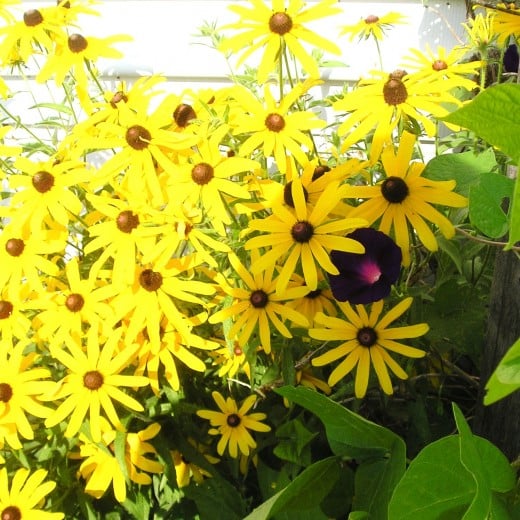
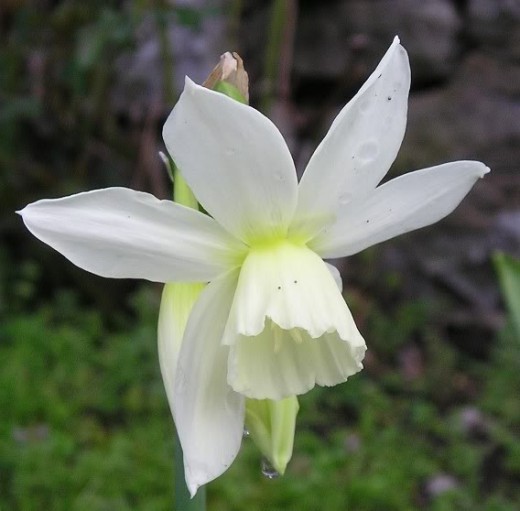
2. Daffodils
Few flowers can match the cheerful nature of the daffodil. Their charm is enough to bring a smile to anyone's face. There are over a dozen daffodil classes based on the size, shape and number of flowers. Some of the most popular and common varieties are a rich sunny yellow, but there are many others, including pale white cultivars like 'Thalia' that produce numerous flowers per bulb. Don't overlook daffodils with ruffled coronas or deep orange centers that are juxtaposed against the crisp white outer petals. The daffodil is a classic garden bulb, but there many exciting new cultivars that are anything but old fashioned.
![By Barnes, Dr. Thomas G. [Public domain], via Wikimedia Commons By Barnes, Dr. Thomas G. [Public domain], via Wikimedia Commons](https://usercontent2.hubstatic.com/13621429_f520.jpg)
3. Red Cardinal Flower
The vibrant scarlet-red blooms of this lobelia species are beloved by gardeners, hummingbirds and butterflies. Lobelia cardinalis is native to the Midwestern United States.
It's often found on the edges of marshes and wetlands, so it's suited for rain gardens and damp areas where other plants cannot thrive. The plants even resist deer and rabbits, which is a great perk. The red cardinal flower is happy in dappled shade since it naturally grows in woodlands.
The brilliant red blooms emerge in late summer between July and September. The flower stalks measure between 2 and 4 feet tall depending on conditions, including the amount of moisture and sunlight.
![By U. S. Fish and Wildlife Service - Northeast Region [CC BY 2.0 (http://creativecommons.org/licenses/by/2.0) or Public domain], via Wikimedia Commons By U. S. Fish and Wildlife Service - Northeast Region [CC BY 2.0 (http://creativecommons.org/licenses/by/2.0) or Public domain], via Wikimedia Commons](https://usercontent1.hubstatic.com/13621428_f520.jpg)
The Beautiful Stella D'oro Daylily
![By Photo by David J. Stang [CC BY-SA 4.0 (http://creativecommons.org/licenses/by-sa/4.0)], via Wikimedia Commons By Photo by David J. Stang [CC BY-SA 4.0 (http://creativecommons.org/licenses/by-sa/4.0)], via Wikimedia Commons](https://usercontent1.hubstatic.com/13621458_f520.jpg)
4. Daylilies
Daylilies are trusted friends to gardeners. The majority of species hail from Asia, but they are at home in gardens around the world. Today, you can pick from over 80,000 registered cultivars. If you like yellow daylilies, 'Stella de Oro' is an excellent choice. It's one of the most popular varieties of all time. If you prefer blooms that are bolder, look for vibrant red daylilies like 'Red Magic', 'Red Velvet', 'Red Volunteer' and 'Red Rocks'. The color spectrum is nearly endless, and there's an amazing diversity in the blooms. You'll find everything from deep maroon varieties like 'Razzmatazz' to soft ruffled pinks like 'Sydney Eddison' and 'Tani'.
Fun Fact About Daylilies
Did you know that the botanical name Hemerocallis comes from two Greek words that mean beauty and day?
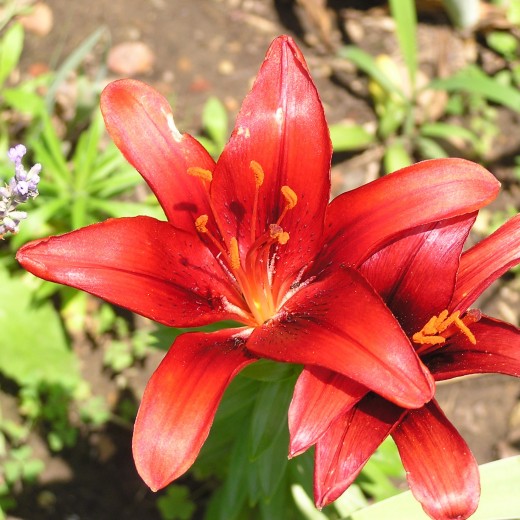
5. Beebalm
The name says it all. These tall native perennials are bee magnets, but they attract butterflies and hummingbirds too. Choose from a diverse array of species with vibrant lavender, purple and scarlet flowers that fit your garden's color scheme. Monarda didyma, fistulosa and citriodora are popular wild species. However, cultivated bee balms are showier and more refined. 'Jacob Cline' is a natural hybrid that shares both traits. Several cultivars, including 'Marshall's Delight', have claimed the Award of Garden Merit that's handed down by the Royal Horticultural Society. Most species grow between 3 and 4 feet tall, so they're sure to steal the show from neighboring flowers.
Ruby-throated hummingbird visiting Monarda didyma flowers.
![By Joe Schneid, Louisville, Kentucky (Own work) [CC BY 3.0 (http://creativecommons.org/licenses/by/3.0)], via Wikimedia Commons By Joe Schneid, Louisville, Kentucky (Own work) [CC BY 3.0 (http://creativecommons.org/licenses/by/3.0)], via Wikimedia Commons](https://usercontent1.hubstatic.com/13621438_f520.jpg)
Monarda fistulosa (Wild Bergamot)
![By Dr. Thomas G. Barnes, University of Kentucky [Public domain], via Wikimedia Commons By Dr. Thomas G. Barnes, University of Kentucky [Public domain], via Wikimedia Commons](https://usercontent2.hubstatic.com/13621455_f520.jpg)
Monarda citriodora (Lemon Beebalm)
![By Krzysztof Golik (Own work) [CC BY-SA 4.0 (http://creativecommons.org/licenses/by-sa/4.0)], via Wikimedia Commons By Krzysztof Golik (Own work) [CC BY-SA 4.0 (http://creativecommons.org/licenses/by-sa/4.0)], via Wikimedia Commons](https://usercontent1.hubstatic.com/13621448_f520.jpg)
Finding The Right Perennial Plants for Your Garden
Whether you prefer neat and proper flowerbeds or lean towards a naturalistic style that uses wild natives, look toward these perennials when you build or expand your garden. Each species offers a rich array of vibrant colors for you to include in your palette when you create or refine your garden.
© 2017 QuiltFinger
